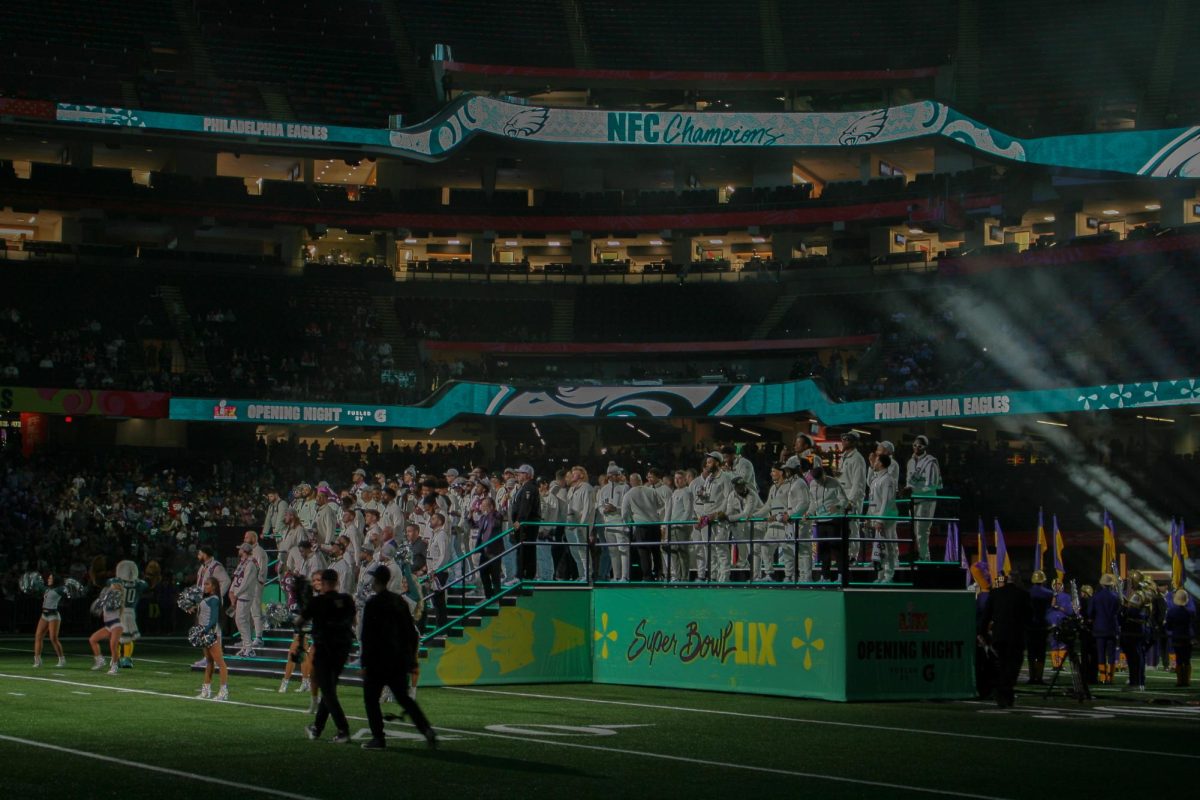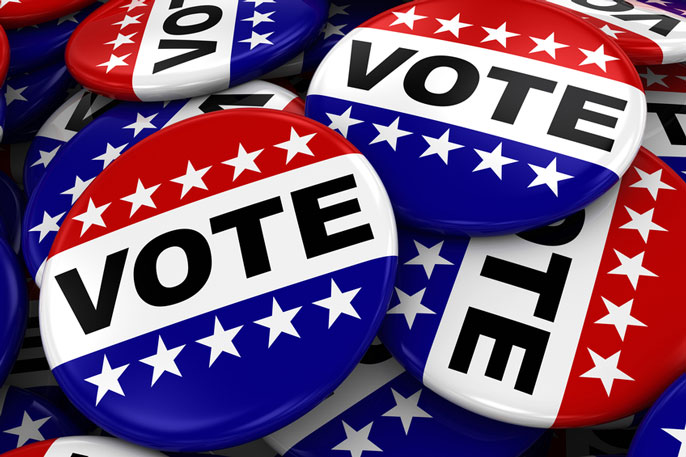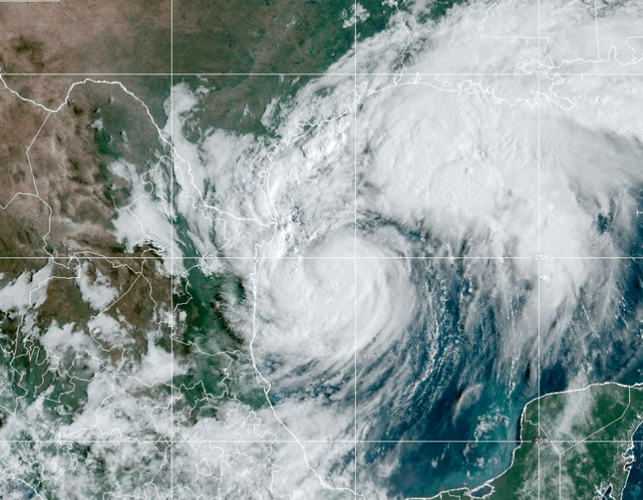University President Marvalene Hughes has asked faculty and staff to enforce Dillard’s dress code policy for students established last semester.
Students may be denied entrance into classrooms, Kearny Hall and events for infractions, such as sagging pants and hats worn in buildings, among other items.
Student reaction to the dress code was mixed.
The University Dress Code, which went into effect last September, is in the DU Student Handbook and can be found on Dillard’s Web site.
A Feb. 22 memo from Dr. Toya Barnes-Teamer, vice president of Student Success, said students had been made aware of the rules through residential hall meetings and posted signs. However, she said the Office of Student Affairs planned to hold Town Hall meetings to re-emphasize the code and to send a memo to all faculty, staff and students.
In an interview by e-mail Monday, Barnes-Teamer said the dress code is based on the theory that learning to use socially acceptable manners and selecting attire appropriate to specific occasions and activities are critical factors in the total educational process.
She added, “It must be noted that not only have administrators, faculty and staff complained that students are not dressing appropriately for class as well as in the cafeteria and other events, but enrolled students are also complaining that administrators have not been enforcing the dress code.”
The student handbook states: “Dillard expects students to dress appropriately for class, programs and recreational activities and adhere to the highest standards of decency on- and off-campus.” University
Examples of inappropriate dress code include:
- “Do-rags,” stocking caps, skullcaps and bandanas (except in the student’s living quarters).
- Head covering and hoods for men in any building (except as part of religious or cultural attire).
- Baseball caps and hoods for women in any building (except as part of religious or cultural attire).
- Midriffs or halters, mesh, netted shirts, tube tops or cutoff T-shirts in classrooms, Kearny and offices.
- Bare feet.
- Short shorts.
- Shorts and all types of jeans at programs requiring professional or formal attire, such as commencement.
- Clothing with derogatory, offensive and/or lewd messages either in words or pictures.
- Men’s undershirts of any color worn outside private living quarters. Sports jerseys may be worn over a conventional T-shirt.
- Pants must be worn fastened at the waist and are not allowed to sag below the waistline.
The memo offered examples of appropriate dress code by location:
- Classroom, anywhere in Kearny Hall and University offices: neat, modest, casual or dressy attire.
- Interviews: business attire.
- Social/recreational activities, residence hall lounges (during visitation hours): modest, casual or dressy attire.
- Balls and Galas, and Cabarets: formal, semi-formal and dressy attire.
Upon hearing news of enforcement plans, Larry Williams, a mass communications sophomore from Chicago, said he had no problem with the dress code.
“I think it’s fine,” he said. “It’s college; we’re training to be professionals, and this is how professionals dress. I don’t think it’s being enforced in this relaxed type of atmosphere.”
Kandon Haynes, a mass communications senior from Los Angeles, had a differing view.
“We shouldn’t need a dress code,” Haynes said. “We should be old enough to know how to dress accordingly.”
Barnes-Teamer’s memo said all questions or concerns regarding the policy may be submitted in writing to the Division of Student Success/Office of Student Affairs. And Claude McField, director of Student Activities, said students may receive information from his office.
“I’m hoping all students adhere to the policy,” said McField.
(Jeannine Cannon and Angela Harris contributed to this report.)


























